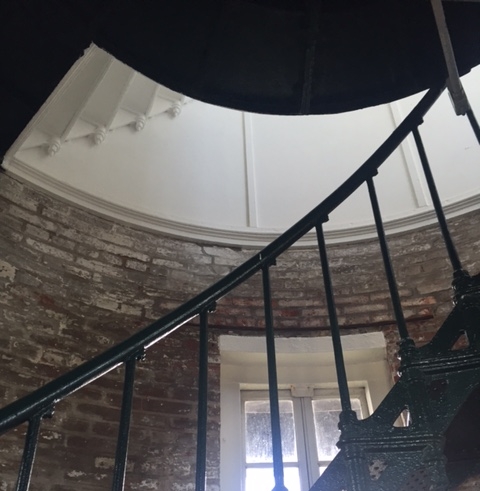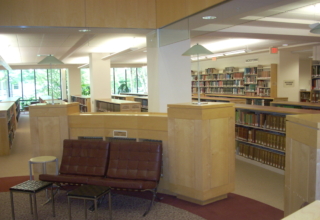
The neurological theory of reality is a summation of electrochemical impulses. Photons enter the eye through a small hole called the pupil and interact with specialized cells in the retina called photoreceptors. As these cells are triggered, they initiate an electrochemical cascade of neurotransmitters that transmit this signal through the optic nerve to the occipital lobe of the brain where other neurons translate it into sight. What is fascinating is that visual processing is a two-fold process. The neuroanatomy of photoreceptors and neurons must be in good working order to carry a signal to the brain, and then the occipital lobe must have the experience, framework, and context, to create meaning from these signals. Generally, summarized blindness can be the result of either a disruption in the first pathway, i.e., the photoreceptors and neurons are damaged or dysfunctional, or damage to the occipital lobe can result in processing blindness where the brain is unable to process the information and understand it even though the anatomy is intact and fully functional, therefore, vision is the combination of what is being seen by the eye and how the brain is processing that information.
The neurological pathway that results in vision is so efficient in healthy individuals that it alters reality. At the back of the eye, in a structure called the retina, there is a patch that lacks photoreceptors. This patch is where the optic nerve connects to the eye to carry the light impulse to the brain for processing and is commonly referred to as the blind spot. Every person has this blind spot, but many are unaware of it because they have never experienced a blank in their field of vision. Why? The brain is so efficient during processing that it constructs a piece of virtual reality by filling in the gaps using information from past experiences and contextual clues to provide what feels like a seamless, and accurate representation of the world; this means that experience plays a crucial role in how the brain fabricates reality.
Download Article













